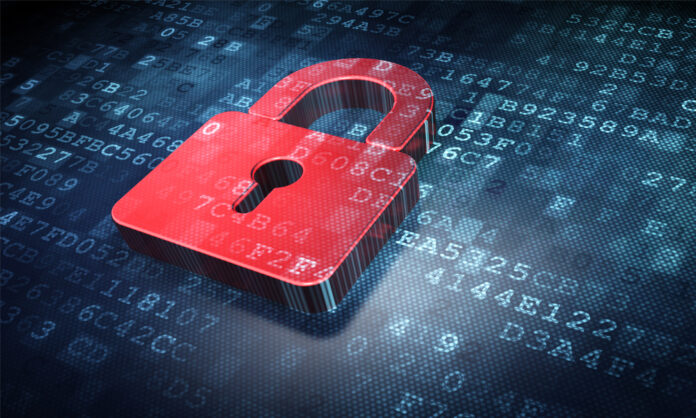

Data Centers play a pivotal role in today’s digital landscape, serving as the backbone of information storage and processing for organizations worldwide. As the volume and sensitivity of data continue to grow, the importance of maintaining robust cybersecurity measures within data centers cannot be overstated. In this article, we will explore the potential of biometric monitoring as a tool to enhance the cybersecurity posture of data centers.
The Data Center Cybersecurity Challenge
Data centers store vast amounts of sensitive and critical information, making them prime targets for cyberattacks. Attack vectors such as ransomware, distributed denial of service (DDoS) attacks, and insider threats constantly threaten the security and integrity of these facilities. Traditional security measures like firewalls, encryption, and access controls have been essential but may no longer be sufficient to thwart evolving cyber threats.
The Role of Biometric Monitoring
Biometric monitoring involves the use of unique physical or behavioral traits for identification and authentication. Common biometric modalities include fingerprint recognition, facial recognition, iris scanning, and voice recognition. When applied within data centers, biometric monitoring can provide several advantages that contribute to a stronger cybersecurity posture:
Enhanced Access Control: Biometric authentication ensures that only authorized personnel gain access to critical data center areas. Traditional methods like keycards and passwords can be lost, stolen, or compromised, while biometric data is much more difficult to replicate.
Real-time Monitoring: Biometric systems can continuously monitor and verify the identity of individuals within the data center. If an unauthorized person gains entry, the system can trigger alarms and immediate security responses.
Mitigation of Insider Threats: Insider threats, where employees misuse their access privileges, can be particularly challenging to detect. Biometric monitoring helps mitigate this risk by ensuring that the person accessing sensitive systems is the authorized user.
Reduced Password Vulnerabilities: Passwords are susceptible to brute-force attacks and phishing attempts. Biometric authentication reduces the reliance on passwords, thereby reducing these vulnerabilities.
Audit Trails: Biometric systems can generate detailed logs of access events, providing a comprehensive audit trail for security analysis and compliance purposes.
Challenges and Considerations
While biometric monitoring offers significant advantages, it is not without challenges and considerations:
Privacy Concerns: Collecting and storing biometric data can raise privacy concerns. Proper data handling and compliance with data protection regulations are essential.
False Positives and Negatives: Biometric systems can produce false positives (authorizing unauthorized users) or false negatives (denying legitimate users). Ensuring the accuracy of the system is crucial.
Cost: Implementing biometric systems can be costly, both in terms of initial investment and ongoing maintenance.
Integration: Integrating biometric systems with existing data center security infrastructure may require significant effort and planning.
Conclusion
Data center cybersecurity is an ongoing challenge in an increasingly connected world. Biometric monitoring presents a promising solution to enhance security measures, particularly when used in conjunction with existing security protocols. While there are challenges to consider, the potential benefits in terms of access control, insider threat mitigation, and overall security posture make biometric monitoring a compelling option for data center operators looking to fortify their defenses against cyber threats. As technology continues to evolve, biometrics may become an indispensable tool in the arsenal of data center security measures.





















